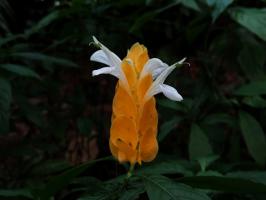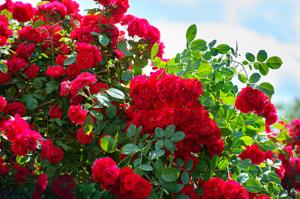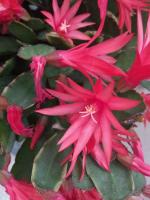1、 Watering
In the spring and autumn season, watering only needs to keep the basin soil slightly wet. In summer, the high-temperature water evaporates quickly, so you can pour more water appropriately. The best time for watering is in the morning or afternoon when the sun is not very strong. In cold weather in winter, the growth is very slow. It is necessary to water as little as possible to prevent freezing injury and ponding
2、 Soil
In terms of soil selection, in order to better cultivate its fleshy roots, it is best to choose sandy loam for cultivation. At the same time, the drainage performance of this soil is also very good, which can greatly reduce the possibility of rotten roots caused by ponding
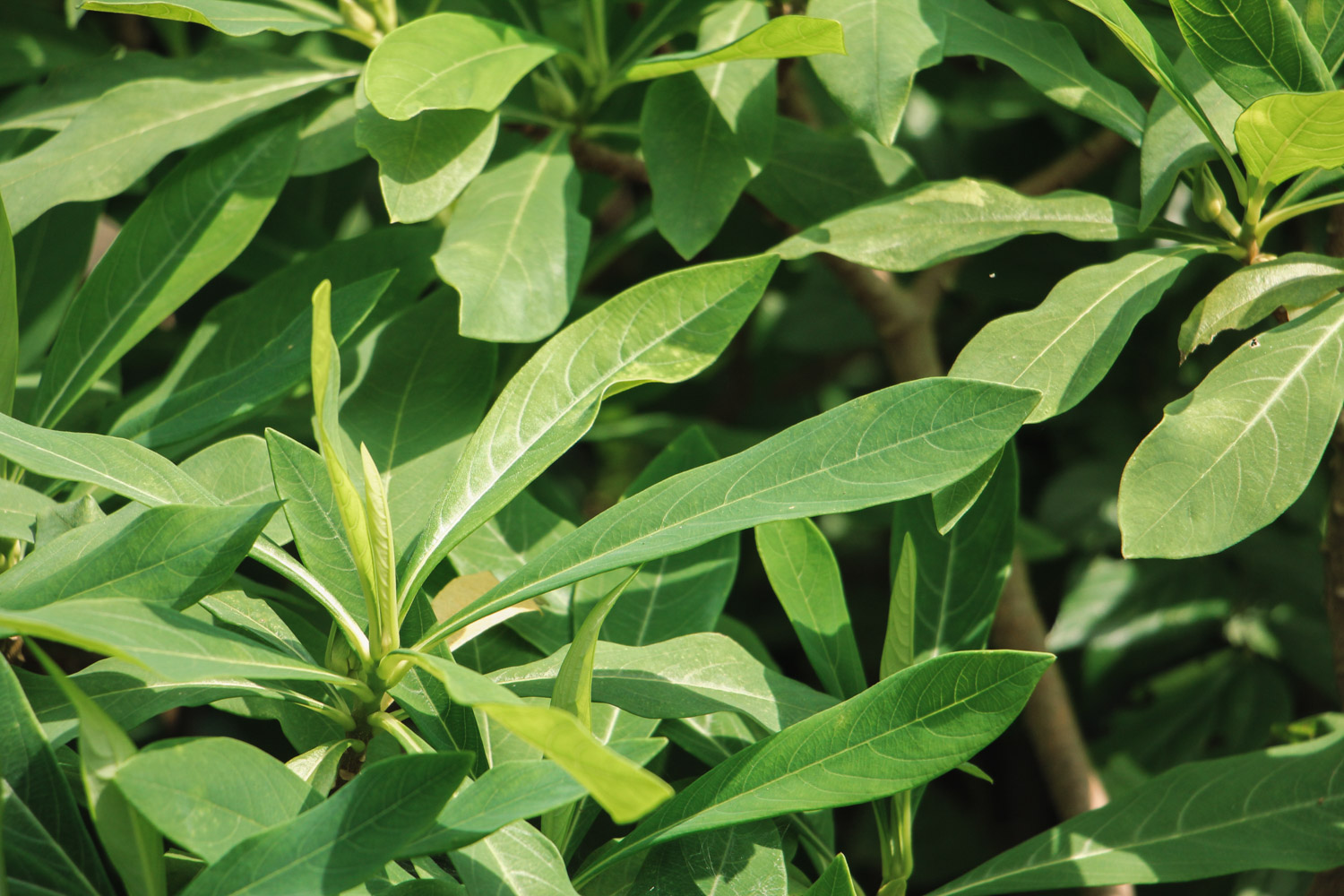
3、 Fertilization
In the growth period, in order to ensure better flower bud differentiation, phosphorus potassium compound fertilizer should be applied once in early autumn. After flowering, nitrogen fertilizer is generally used as the main fertilizer. At this time, it is mainly to grow branches and leaves. Ensure the nutrients needed for its growth, and try not to apply fertilizer at other times
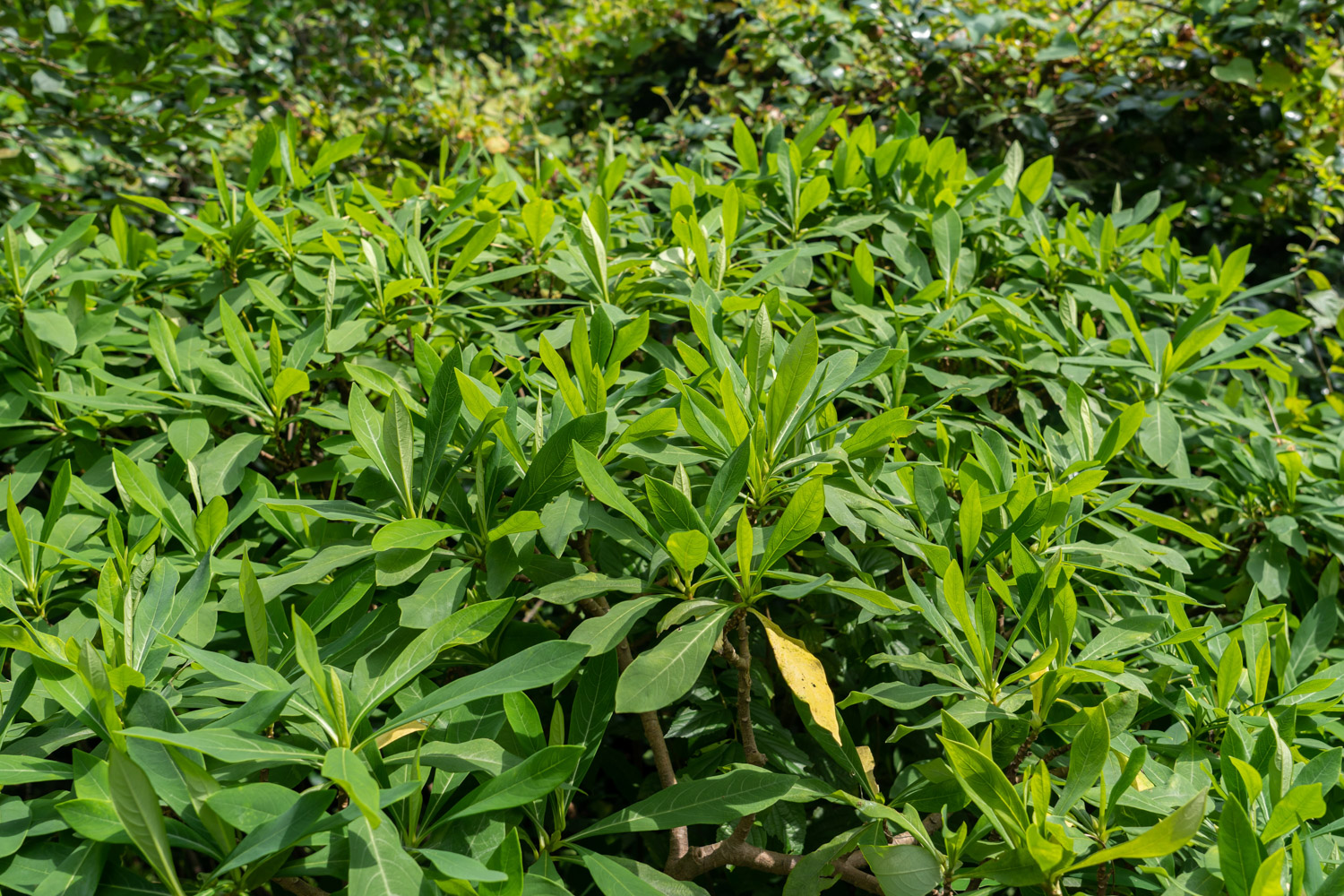
4、 Illumination
When breeding at ordinary times, it should be maintained in a sunny place. Pay attention to shade in summer to prevent sunburn. If its leaves turn yellow, it is likely to be caused by too much light. In winter, as long as the light is enough and the temperature is appropriate, it is OK
5、 Precautions
When breeding indoors in winter, pay attention to ventilation. If the air is not circulating, diseases and pests are likely to occur. Watering it should also pay attention not to ponding. The rotten roots caused by ponding will cause leaves to fall, which will seriously affect the flowering of the next year
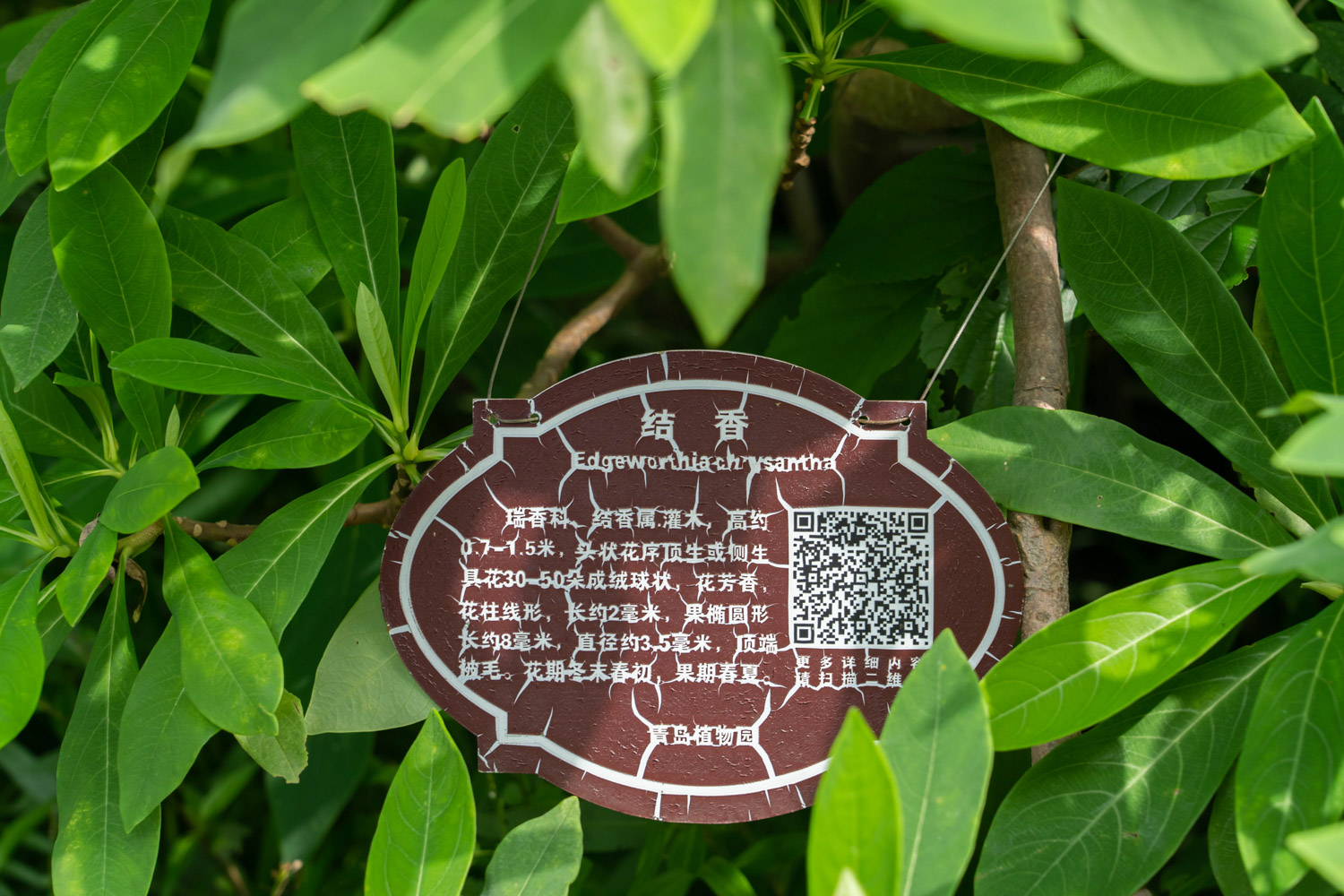

 jackfruit
jackfruit snake plant
snake plant hibiscus
hibiscus hydrangea
hydrangea lavender
lavender Green roses climb al...
Green roses climb al... If you don't pay att...
If you don't pay att... Management of four g...
Management of four g...

